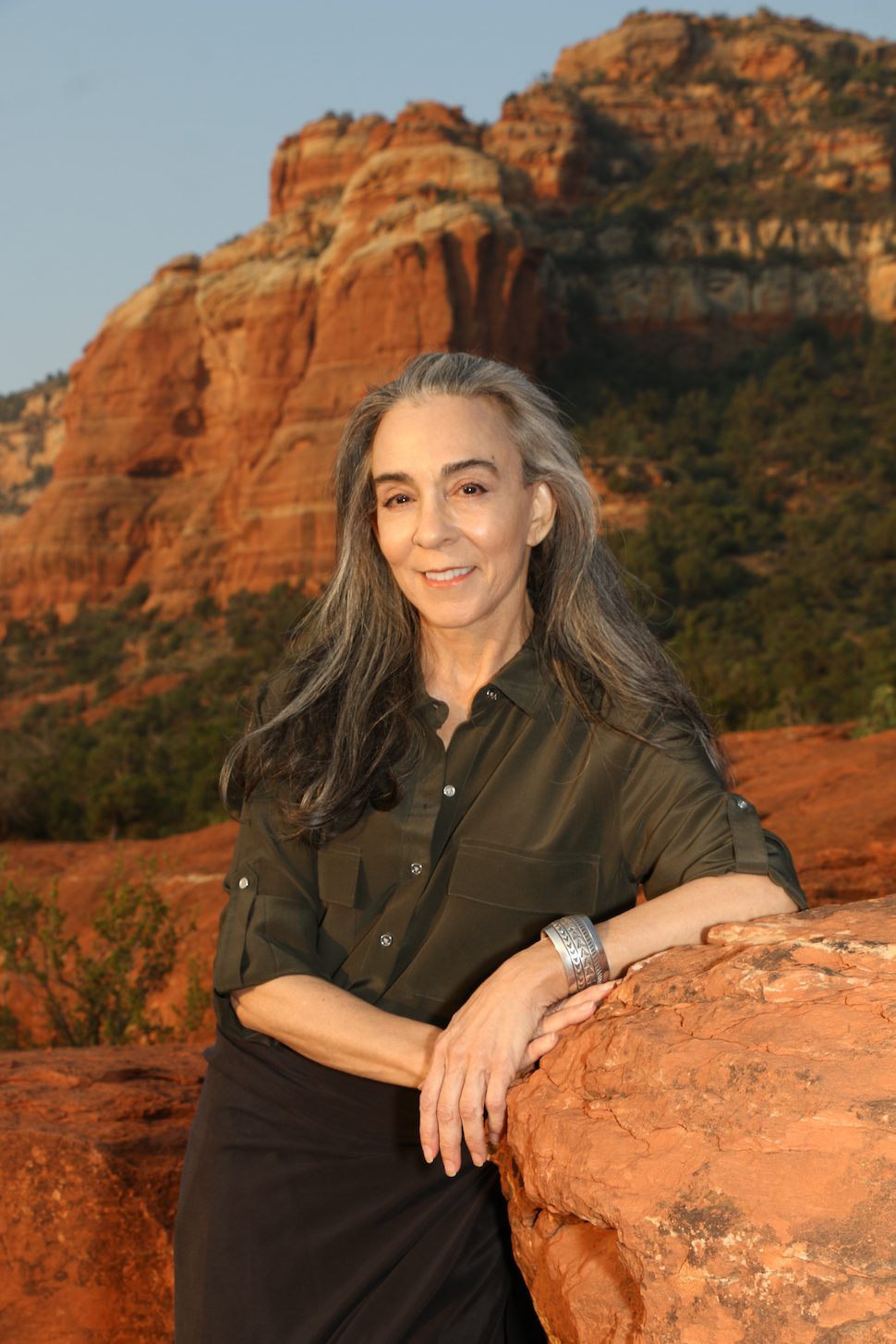
Renowned for creating spas that express a sense of place, Sylvia Sepielli, president of SPAd (Sylvia Planning and Design), has designed some of the world’s most beautiful retreats.
In a nutshell, describe your relationship to spa.
I’m a die-hard spa-goer! I’ve always loved massage, relaxation, and the like. I develop spas from the perspective of the end user, while mindful of operational and ownership needs.
You’ve worked on many spa projects across the globe. Which one celebrates its culture most?
The most memorable spa that celebrates the culture is Spa Village Pangkor Laut, Malaysia. It was the first spa of the Spa Village brand, and, to me, is still the richest in terms of a cultural experience. Malaysia is made up of three distinct cultural groups, Malay, Chinese, and Indian. The brand honors the healing culture of each region. We went in-depth with each culture giving not only separate spaces for those practices, but bringing on a Malay healer to share and train, a Chinese Medicine expert, and an Ayurvedic physician.
What did you learn about spa culture from all of your years in Asia?
That “spa” is not separate from the culture. It’s an integral part of life.
Do you have a favorite spa culture?
If you are talking about dropping me down into this culture and never coming back, for me it would have to be Hawaii, with Bali coming in a very close second.
How would you describe the Spa Culture in the States?
Unlike some spa cultures that are known mostly for water, or massage, or treatments in general, the US spa culture tends to be inclusive of all aspects of spa. The fitness and spa industries in the US grew up about the same time, with spa trailing by a decade. At a full-service, resort or destination spa the guest expectation would be to not only have great therapies, and wet areas, but to be able to work out and eat a variety of healthy food. Once back home, the spa culture continues, but not necessarily at one place. We will go to our yoga studio, work out at a club or do sports, have a massage at a free-standing facility, shop at Whole Foods, have facials at the dermatologist’s office, or eat out at any number of healthy restaurants. It’s more a mental tracking of the spa culture than a physical one.
What is your earliest Spa memory?
My earliest Spa-like memory. Was it as a young person skinny-dipping in a hot spring in Northern California followed by a massage? Or at a Japanese onsen in the ‘70’s? Or was it the memory of a Thai massage followed by hot steam hut in the jungle outside Phuket?
What is your favorite Spa treatment?
A strong, prayerful Lomi Lomi massage preferably performed in an open-air environment.
What can Spa Cultures learn from each other?
We learn more about our own culture by experiencing other cultures, which point out both similarities and differences. It’s fascinating to discover how each culture communicates its message, experientially. That’s what I feel is most worth learning.
What is the common thread that ties them all together?
Touch.
Mary Bemis
Mary Bemis is Founder & Editorial Director of InsidersGuidetoSpas.com. An advocate for all things spa, Mary forged a vocabulary for spa reportage that is widely used by those who cover the issues today. Recently honored as a Top 30 Influential Voice Transforming Wellness by Medika Life, Mary is an inaugural honoree of Folio’s Top Women in Media Award. Her spa media roots run deep—in 1997, she launched American Spa magazine, in 2007, she co-founded Organic Spa magazine, and in between serving on the ISPA and NYSPA Board of Directors, she was on the launch teams of Luxury SpaFinder and New Beauty magazines. Named a "Wonder Woman of Wellness" by American Spa magazine, Mary was honored by the International Spa Association with the distinguished ISPA Dedicated Contributor Award. She is a special advisor to the non-profit Global Wellness Day.
- Web |
- More Posts(81)